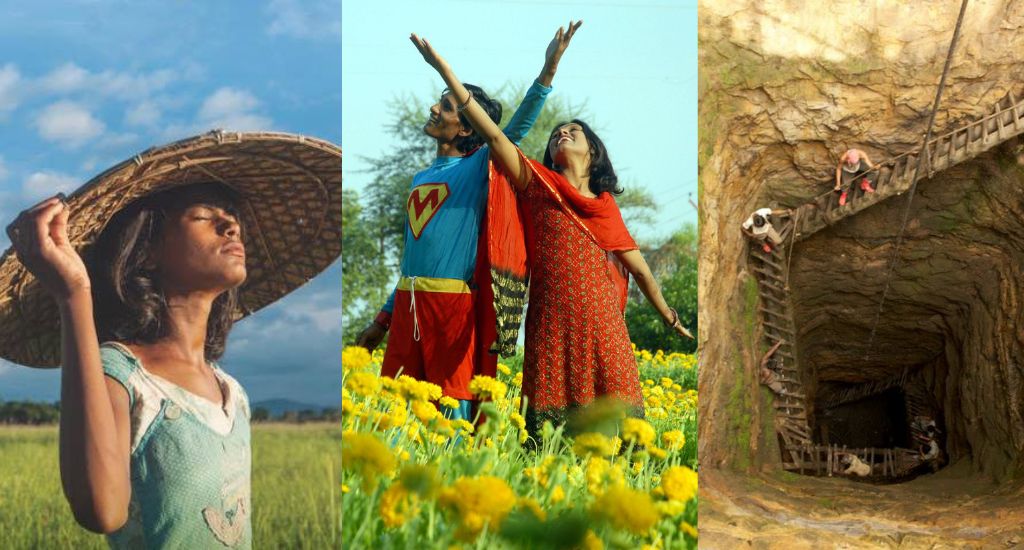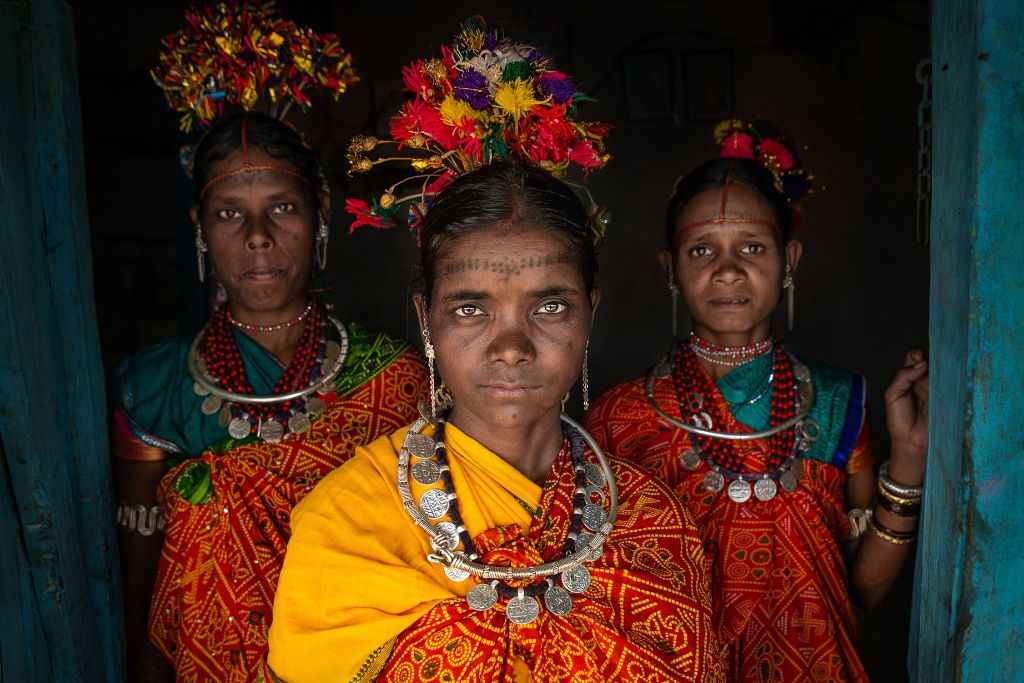Launching an information and communications platform called Village Square on 2nd October could easily be misconstrued to imply that Mahatma Gandhi’s ideas are still the last word on how to create a rural idyll. On the contrary, Gandhi’s birth anniversary is the perfect day for the birth of Village Square because he left behind key insights about a much more all-encompassing goal — economic democracy.
The prominence of charkha, khadi and village industries in Gandhi’s constructive work has obscured the fact that these were just elements of an ambitious structural shift. Prioritizing villages over cities was an important element but not the core of Gandhi’s radical vision.
The essence of that vision was that people at all levels of society and economy must be able to exercise a greater sense of agency, primarily over themselves through swaraj as command over their own passions and desires. This is where the emphasis on duties over rights is important. Secondly, each person must feel empowered to self-help and cooperate with others to build structures that serve the common good.
What does this mean today?
In the early 20th century, when Gandhi was seeking answers for how to rectify the damage done by colonial pillage and de-industrialization of India, restoring village crafts seemed the most important goal. It is no longer sufficient, and not just because government-supported khadi and village industry enterprises have sunk into a quagmire.
Instead, what matters is a comprehensive enhancement of the local economy in ways that it restores the ecological balance, in particular water and soil management; fosters both private enterprise and commons; and ensures that more and more of the surplus that is generated remains closer to the ground rather than exiting to the national and international levels.
Throughout his prolific political activism and writings, Gandhi took pains to emphasize that the village of his dreams is nowhere in existence. Likewise today, there are only partial glimpses of places where this combination of objectives is being served. For example, Timbaktu Collective’s Dharani initiative in Anantapur District of Andhra Pradesh simultaneously serves all of the above objectives. http://timbaktu-organic.org/
However, experience of the last half century shows that merely multiplying successful micro-efforts of this kind is not enough. It is far more important to work for change at the level of ideas and in macro, national policy.
This complex task has far more dimensions than can be enumerated here. But here are a few notable markers.
Struggles of people across the world to resist displacement by extractive industries and other projects should be seen as a last ditch stand to defend local economies, not merely as opposition to so-called development. This in turn means that subsistence economies or lifestyles based on notions of sufficiency must be respected instead of being treated as backward.
Creative localisation
Creative localisation is a global trend that needs to be analysed and understood in minute detail. Creative localisation, which aims to fulfil the conditions outlined above, is distinct from jingoistic and isolationist energies of the kind that surfaced during the Brexit debate in the United Kingdom. This in turn means that existing and incoming global trade agreements need to be deconstructed from the standpoint of whether they enhance or endanger both economic democracy and creative localisation. One litmus test for this, to put it metaphorically, is to check if cakes are being shipped across continents instead of recipes.
Rapid changes in technology need to be analysed in the context of the three goals outlined above. This may well be the most paradoxical challenge in the quest for economic democracy. For example, mobile phones facilitate democratisation of communications and access to information. But so far both the hardware and the connectivity lead to a steady flow of surplus from all levels of the economy to the hands of a handful of multinational corporations.
Seeds rather than charkha are now an evocative symbol of self-reliance and economic democracy. How land policies and technology shape agriculture over the next decade can potentially nourish economic democracy or turn it into a pipedream. Answers might well be found in a hybrid of industrial and organic agriculture.
We could begin by treating the Mahatma Gandhi Rural Employment Guarantee Act, which ensures 100 days of work every year to poor households in villages, and the Right to Food as emergency measures, akin to an ambulance service. We need to explore all the diverse ways in which local economies can be so richly enhanced that these schemes become obsolete and cease to have any takers.
Rajni Bakshi is Gandhi Peace Fellow at Gateway House: Indian Council on Global Relations, a think tank based in Mumbai. She is the author of Bapu Kuti: Journeys in Rediscovery of Gandhi, An Economics for Well-Being, and Bazaars, Conversations and Freedom.


